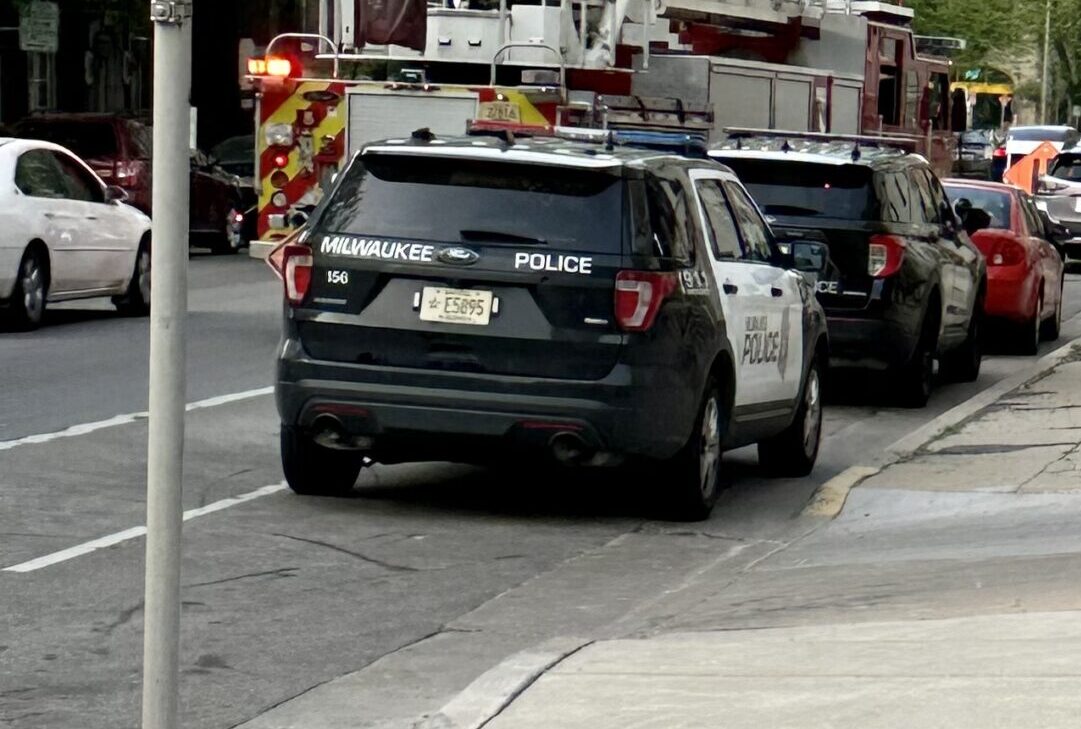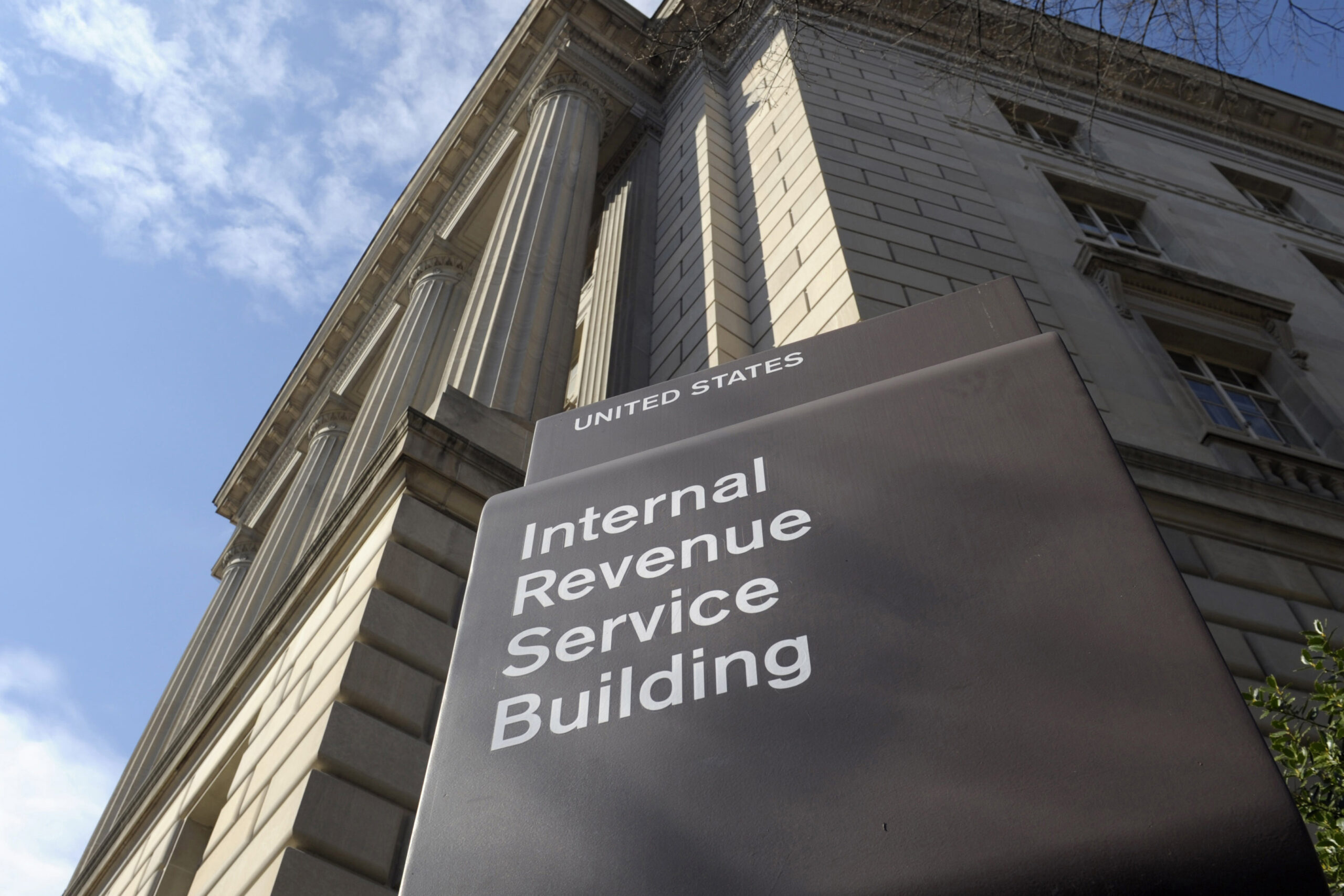The LEED creed
By: dmc-admin//September 8, 2008//
 Juli Kaufmann never did answer the question: Can a building be LEED certified without being green?
Juli Kaufmann never did answer the question: Can a building be LEED certified without being green?
The question arises because Leadership in Energy and Environmental Design is the most popular of the green-building rating systems, attracting both enthusiastic adherents and furrow-browed doubters.
Green building is supposed to protect the environment, help save the planet. The nonprofit U.S. Green Building Council created LEED to reward the top 25 percent of environmentally responsible buildings. A project can earn one of four LEED honors — certified, silver, gold or platinum (the highest) — depending on its number of green features.
The construction industry is embracing LEED, with thousands of buildings standing in line for honors like so many eager graduates-to-be awaiting diplomas. Building owners pay fees for LEED reviews, and most get a plaque in return. Those plaques pay off by blessing the buildings as green, meaning good places to work or live.
But popularity and environmental progress make dubious partners. Which is why Kaufmann, co-owner of the green-building Pragmatic Construction in Milwaukee struggled to answer: Can a building be LEED certified without being green?
“It depends on your definition of green,” Kaufmann said. “Truly, I would not accept anything less than gold (as proof) you’re really doing (green) things. Anything less is tinkering around the edges or tacking things on.”
The standards, especially for LEED’s two lowest certifications, don’t require builders and clients to stretch further than standard construction, Kaufmann said.
“If you take any new high-quality house and run it through a LEED checklist,” she said, “I guarantee it will get certified.
“LEED sets the bar high for platinum — that’s legit. We argue that’s where you should start. That should be the minimum. To just be certified is almost pointless.”
Still, the USGBC has the popularity to influence both building-material suppliers and big-bucks developers. It even has power over the industry’s vocabulary, which today often equates “LEED” with “green.”
But critics say it is not green enough.
Consensus hamstrings progress
R. Peter Wilcox is building two of the greenest buildings in the world a few blocks apart in Portland, Ore. One is a 32-unit condominium made from recycled and regional materials.
It will use 70 percent less energy than a comparable building.
The other is four connected townhouses that will buy no electricity or water and will not use public wastewater treatment.
The first project is great, said Wilcox, the owner of Renewal Associates LLC. The second will save the planet. And when the two are complete, the USGBC will certify both LEED platinum, a declaration that they are equal.
Wilcox will live in the condo, but he said, “Even with as great a project as it is, it’s also real clear to me it’s far, far from a truly sustainable building. Here’s a building that will be LEED platinum, but it still has a huge, ongoing carbon footprint. It still uses a lot of energy.
“It’s ironic that we have (dozens of) LEED platinum buildings in the world, but we’re still a far cry from truly sustainable buildings.”
The irony is deliberate. The USGBC seeks consensus, thrives on compromises between environmental and economic interests. The entire membership votes on all significant decisions, and volunteers from throughout the building industry set the organization’s strategy.
The voice-of-the-people approach has produced a numerical bonanza. In the first eight months of 2008, the USGBC increased its membership 33 percent to 16,727. It increased its number of accredited professionals, people who have passed a test to be considered LEED experts, by more than 35 percent to 57,417.
In the last two years, registrations of projects seeking certification have at least doubled in every LEED rating system.
The growth equals big revenue. The USGBC has not filed its 2007 nonprofit tax form, but, from 2006 to 2008, its budget ballooned by 80 percent to an estimated $50 million. It plans to increase its staff to 180 by the end of the year, continuing a 50 percent annual growth rate in recent years.
To protect that growth, the USGBC since its inception has paid a high price, sacrificing the bold leadership that could force builders to reach above the low-hanging green fruit.
“There’s a delicate balance between how far, how fast,” said Michelle Moore, the USGBC’s vice president of policy and public affairs. “You can’t pull it far away from what people are able to do. You’ll just end up frustrating them and losing them in the wake of extreme change.”
To that end, USGBC employees sometimes urge caution when rulemaking committees are pondering a proposal that could alienate members, said Tom Hicks, a vice president with the USGBC.
“We provide input on the results of implementing decisions,” Hicks said. “It’s our role to provide technical advice.”
“The whole concept of LEED was never to have a sexy niche market,” added Christine Ervin, the USGBC’s first CEO and now a national speaker on green-building issues. “It was to take it mainstream.”
Wilcox and others see mainstream as stagnant. His Portland townhouse cluster, the Kenton Living Building, will cost twice as much as typical construction. But it’s the type of building needed to combat some harsh statistics: Buildings produce 38 percent of all carbon dioxide emissions in the U.S. and use between 70 and 80 percent of all electricity, according to the Environmental Protection Agency.
Users of Wilcox’s building will have to share resources — there’s a common water tank for all four units — in ways unknown to most Americans. But Wilcox said the only way to reduce costs and increase training is to build more living buildings.
“We can’t do it by not building them,” he said. “That’s my motivation. We have to figure out what it’s going to take for people to live in these buildings.”
Life in a living building means abandoning some traditional comforts. It means sacrificing for the greater good, accepting being different.
Different, for instance, from the USGBC’s comfort in consensus.
Standards lack energy focus
James Hansen, Al Gore’s adviser on global warming, described the USGBC’s approach as “business as usual” disguised as green building.
“Political leaders, business leaders, etc., say the right words about understanding the reality of global warming and the need for changes, but, in fact, they either do not really believe in the urgency of fundamental change, of moving beyond fossil fuels, or they are willing to take the risks and pass the consequences on to their children and grandchildren,” Hansen, head of the NASA Goddard Institute for Space Studies, wrote in an e-mail.
He described LEED as “al
most meaningless” in the fight to stop global warming.
“The requirements to obtain certification are so minimalist compared to what is possible with existing technology,” Hansen wrote, “that it is a laughable award to pin to your chest — like the Hero medals in the old Soviet Union, all the bureaucrats wore them.”
Kevin Dickens, deputy director of mechanical engineering in Jacobs Engineering Group Inc.’s St. Louis office, said LEED certification doesn’t mean a building uses less energy than typical construction.
“I would say if you have a platinum building, you are going to save energy,” he said.
“That is probably a given. If you are just, say, certified or silver, I don’t think you could say it’s a given.”
Of the almost 1,600 LEED-certified buildings in the U.S., 86 are platinum and 465 are gold. More than 1,000 are either silver or certified, LEED’s two lowest honors.
Projects need to earn only two points for energy savings, which amounts to using 14 percent less energy than any new building, green or not, and that’s not green enough, said architect Edward Mazria.
Mazria’s organization, Architecture 2030, concluded in a paper released in June that six LEED credits under the current system and seven credits under LEED’s next version are needed to reduce energy use in buildings by 50 percent.
Peter D’Antonio, president of PCD Engineering Services Inc., Longmont, Colo., agreed LEED should demand more energy efficiency from its certified buildings.
“You really don’t have to change much to get 14 percent better,” said D’Antonio, who served for three years on the USGBC’s Colorado chapter board. “You just have to make some high-return investments that are really no-brainers. They’re very easy decisions.”
D’Antonio said 30 percent energy reductions should be the starting point, and 50 percent reductions are possible when design teams work together. But some clients spend to the minimum requirements, he said. If LEED requires 14 percent reductions to earn a point, they’ll go with 14 percent.
Architecture 2030’s stance is that to arrest global warming, all new buildings by 2010 must cut energy use in half. By 2030, they should use zero energy from fossil fuels.
Architecture 2030 is pushing governments to adopt those standards.
Mazria also wants the USGBC to adopt them into LEED.
“We’d like them to make more credits mandatory,” said Mazria, who ripped the USGBC in 2006 for not focusing enough attention on energy efficiency. The USGBC responded by requiring the two LEED energy credits.
He since has toned down his criticism but says Architecture 2030 studies show that only LEED gold and platinum buildings meet his group’s standards.
David Gottfried, a founder of the USGBC, said no one in the building industry, including the USGBC, is doing enough to curb global warming. He still intermittently serves on the USGBC board, but his focus is on a global agreement requiring builders to eliminate the use of fossil fuels.
Even on a personal level, Gottfried is surpassing the USGBC’s ambition. He built a home that scores 20 points higher than the minimum for LEED platinum. The home has a solar photovoltaic system that generates more electricity than needed.
“Everyone should be encouraged to be a small utility,” he said. “Why not?”
The USGBC answers the “Why not?” with “market transformation.” Although the technology exists for buildings to zero out energy use and minimize environmental damage, few owners are motivated to take on the extra expense and hassle. Instead, LEED rewards buildings for taking green steps — or, as Gottfried describes them, “less bad” steps — that comfortably fit the market.
The USGBC wants to bring everyone in the building industry along slowly and raise standards over time.
“LEED has been shown to reduce greenhouse gas emissions by a significant amount, and it’s had success in the marketplace,” said David Goldstein, a green-building specialist with the National Resources Defense Council. “They are not, however, doing enough, and I think they recognize that. The number of points you can get for energy efficiency are limited, and the weight isn’t as high as NRDC thinks it ought to be.”
The USGBC’s make-no-enemies approach contrasts with that of take-no-prisoners groups such as Architecture 2030. While withholding praise, Goldstein said he supports the USGBC’s mainstream focus.
And the mainstream is where the USGBC will be this fall as it asks its membership to ratify the fourth version of LEED, known as LEED 2009, which would go into effect next year. The new version more than doubles energy-efficiency standards, and the USGBC is promising to update, though not necessarily toughen, the standards every two years.
Nigel Howard understands the reluctance to fix even glaring mistakes. In 2002, Howard, then vice president of the USGBC, pushed to make some credits more important than others. He wanted to give more weight to conserving energy while de-emphasizing such points as installing refueling stations for electric cars or bike racks and showers.
Those changes will be part of LEED 2009. Since it takes an average of five years for a building to progress from idea to reality, it will be years before new buildings are certified with LEED 2009’s weighted credits.
“Even those expressing deep skepticism admitted that they saw the value in (Howard’s) approach,” Howard, working on green-building issues in Australia, wrote in an e-mail. “However, this change was a long time coming because LEED needed to prove itself in the market and get established before making such a large change.”
Falling short in saving the world
In an hour-long phone interview, in which Hicks, the USGBC vice president, listened to the litany of criticism of the group’s deliberate pace, he delivered smooth, practiced answers to explain why satisfying the market is the prudent path.
Not until the interview’s final question did his rhythm break. The question: Is the U.S. Green Building Council here to save the planet?
Hicks paused. And when he did reply, the smoothness was gone:
“Are we here to save the planet? Our focus is on the building industry and the issues that face the planet include the building industry. Thirty-nine percent of energy use comes from buildings.
“But there are other sectors as well, like transportation, and many other areas that need to be looked at. Within the building industry, we are absolutely looking to change behaviors. We want what makes up the best buildings in the world, makes up the standard buildings in the world. The entire piece of that, in some ways it will be what LEED strives for: creating base-line standards, creating education around the standards, and creating the awareness so it gets delivered. Our focus is on the building industry, and, within the building industry, we do have high aspirational goals.”
Critics of the USGBC say the answer should have been much shorter. It should have been yes.

Legal News
- Waukesha man sentenced to 30 years for Sex Trafficking
- 12-year-old shot in Milwaukee Wednesday with ‘serious injuries’
- Milwaukee man convicted of laundering proceeds of business email compromise fraud schemes
- Giuliani, Meadows among 18 indicted in Arizona fake electors case
- Some State Bar diversity participants walk away from program
- Wisconsin court issues arrest warrant ‘in error’ for Minocqua Brewing owner
- Iranian nationals charged cyber campaign targeting U.S. Companies
- Facing mostly white juries, are Milwaukee County defendants of color truly judged by their peers?
- Milwaukee Mayor speaks in D.C. Tuesday at White House water summit
- Chicago man sentenced to prison after being caught with ‘Trump Gun’
- FTC bans non-competes
- Gov. Evers seeks applicants for Dane County Circuit Court
WLJ People
- Power 30 Personal Injury Attorneys – Russell Nicolet
- Power 30 Personal Injury Attorneys – Benjamin Nicolet
- Power 30 Personal Injury Attorneys – Dustin T. Woehl
- Power 30 Personal Injury Attorneys – Katherine Metzger
- Power 30 Personal Injury Attorneys – Joseph Ryan
- Power 30 Personal Injury Attorneys – James M. Ryan
- Power 30 Personal Injury Attorneys – Dana Wachs
- Power 30 Personal Injury Attorneys – Mark L. Thomsen
- Power 30 Personal Injury Attorneys – Matthew Lein
- Power 30 Personal Injury Attorneys – Jeffrey A. Pitman
- Power 30 Personal Injury Attorneys – William Pemberton
- Power 30 Personal Injury Attorneys – Howard S. Sicula











